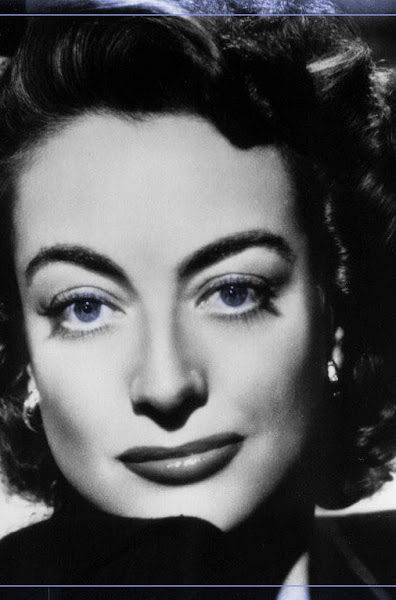 *** out of ****
*** out of ****
The most sordid lives tend to generate the least hope for escape, and this notion is no different for the film “Ballast.” Crushingly bleak, viewers discover that the plot’s stoicism is not bad writing—it is because the most miserable lives rarely find their way out of vicious cycles. In fact, an engaging story and clever stylized film techniques bring about this realism and make “Ballast” into a commendable film.
However, as a warning, because of the film's visual preferences, its narrative is hard to identify until about twenty to thirty minutes in, so patience is necessary. On one hand, this could be bad since that constitutes nearly a quarter of the film’s runtime, but the paced revelations of details are rather appreciated. After all, why slam active viewers with information when they can be pleased by simply revealing pieces of the puzzle little by little? Once a certain detail is revealed, viewers realize a man has died and his miserable twin, Lawrence (Micheal J. Smith, Sr.), has lost the will to live. Meanwhile, young James (JimMyron Ross), who lives next door, gets in over his head with a group of local drug dealers and steals money to feed his habits while his suffering mother Marlee (Tarra Riggs), in an admirable performance, struggles to make ends meet. In sum, the man’s death eventually unites these characters as they attempt to overcome great hindrances and help each other simply to survive.
The film reminds me of “Monster’s Ball” for some relatively generic reasons. The main character undergoes a personal crisis when his loved one commits suicide and an unhappy woman starves for help while devoting herself to protecting her child. At least the emotional sensibilities seem similar between the two films—the main male and female characters eventually reach out to each other and connect through mutual needs. While it would be lacking to consider “Ballast” only in this light, it is also important to mention director Lance Hammer’s clear artistic influence from the French New Wave, especially Godard’s “Breathless.” “Ballast” is full of borrowed techniques, especially because it makes technique perhaps more important than the narrative itself. Jump cuts condense time but furthermore jolt viewers with new sounds and settings, never quite letting them relax into the story. While this could become tiring for some, the effect will be artistic for other viewers.
The only real complaint to lodge against “Ballast” is that it is anticlimactic. Viewers will feel robbed of a satisfactory ending, but the intended lack of climax is understandable. With an emphasis on the main characters’ misery and a handheld camera style, the realistic mood generated from beginning to end indicates the film’s dismal cycle of unhappiness. It will certainly not end at “the end,” so why fool viewers with a happy ending? However, the ending is going to inspire strong positive or negative feelings about the film as a whole, so viewers should prepare for one or the other.
“Ballast” is currently playing at the Belcourt Theatre.
Originally published in the January 21 issue of Versus Magazine: Entertainment & Culture
January 21, 2009
Ballast
Subscribe to:
Post Comments (Atom)

.jpg)

.jpg)
.jpg)

No comments:
Post a Comment